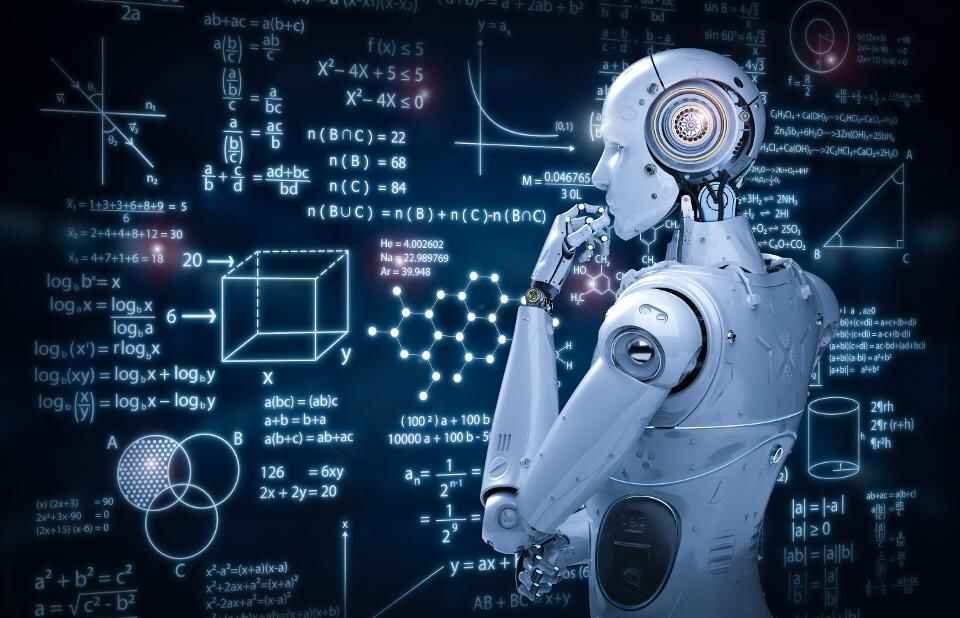With machine learning and artificial intelligence becoming the buzz words, every company wants to integrate ML and AI technologies into their framework. But often these companies and firms fail at doing so or are only partially successful. You need quite a lot of education to be in this line of work because there’s a long history here. Some popular algorithms have been around for centuries. For example, the method of least squares for regression was published in 1805. Trust me, humanity has come a long way in 200 years. Today, there are some pretty sophisticated appliances out there… how are you going to build a better microwave if you don’t know how this one works? Of course, you need all that immersive study! Becoming a researcher takes years and there’s a good reason that the 101 course starts with the basics of calculus.
Applied Machine Learning
Most businesses just want to get cooking — to solve their business problems. They have no interest in selling microwaves, and yet often make the mistake of trying to build those appliances from scratch. It’s hard to blame them — the current hype and education cycle dominantly focuses on research, instead of an application. If you’re innovating with recipes, don’t reinvent the wheel. Those microwaves exist already. You can get them for free from many places. And if setting up your own machine learning kitchen sounds like a chore, providers like Google Cloud Platform let you use theirs, complete with appliances, ingredients, and recipe books.
Reasons for Model Failure:
Unfortunately, I see a lot of businesses failing to get value from machine learning because they don’t realize that the applied side is a very different discipline from the algorithms research side. Instead, leaders try to start their kitchens by hiring those folks who’ve been building microwave parts their whole lives but have never cooked a thing. What could possibly go wrong? If that works out, it’s because you got lucky and accidentally hired an engineer who is a great chef.
- High Amount of False Positives False positives are values which are labelled incorrectly to be in the concerned category, whereas in reality, they are not.
- Low understanding of underlying models with business In the recent times, despite the growing needs for implementation of ML and AI techniques in business for model building, far too often due to the poor understanding, low knowledge, and the highly dynamic nature of businesses, the models become redundant over a short span of time.
- Low understanding of the business problem to be solved Before attempting to solve the problem and building the models, one must understand the problem and explore all the different facets- skipping the ‘learning’ phase in an attempt to save time will only result in poorly-built, underperforming models.
- Overly complex models Sometimes in trying to make the models stronger, bivariates or trivariate are used. They, however, make the models unnecessarily and overly complex which leads to the opposite outcome, i.e., detrimental performance.
- Training set significantly being different from the testing set In some case the models are created on training data or population, which is very dissimilar to the environment or the population with which the model is to be actually used with, leads to inaccurate results.
All you need to know about Machine Learning
Learn Machine Learning
| Top 7 Machine Learning University/ Colleges in India | Top 7 Training Institutes of Machine Learning |
| Top 7 Online Machine Learning Training Programs | Top 7 Certification Courses of Machine Learning |
Learn Machine Learning with WAC
| Machine Learning Webinars | Machine Learning Workshops |
| Machine Learning Summer Training | Machine Learning One-on-One Training |
| Machine Learning Online Summer Training | Machine Learning Recorded Training |
Other Skills in Demand
| Artificial Intelligence | Data Science |
| Digital Marketing | Business Analytics |
| Big Data | Internet of Things |
| Python Programming | Robotics & Embedded System |
| Android App Development | Machine Learning |


